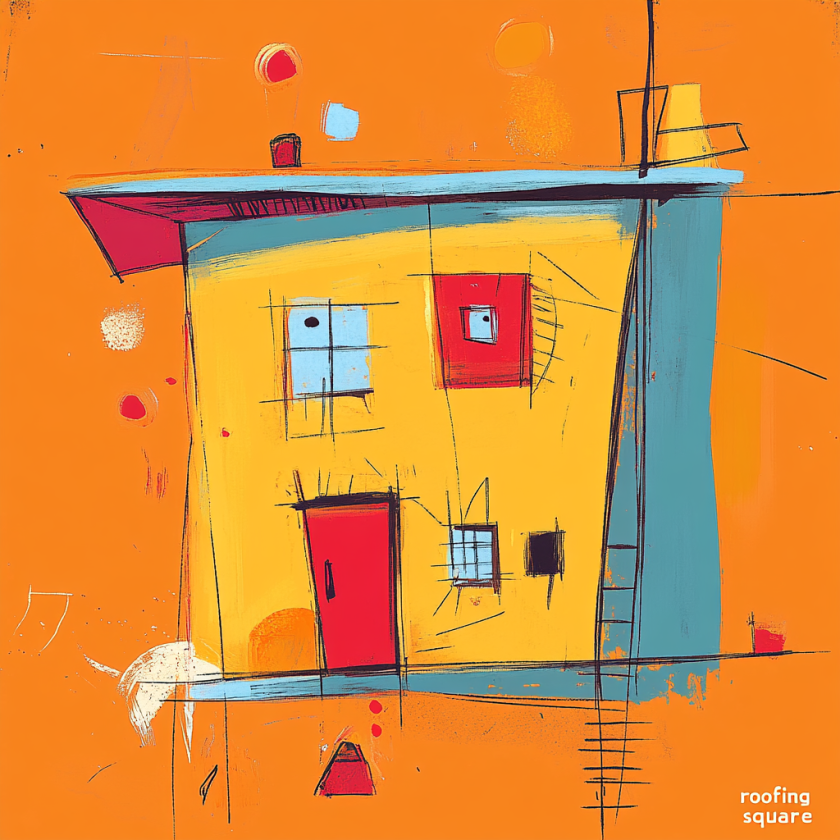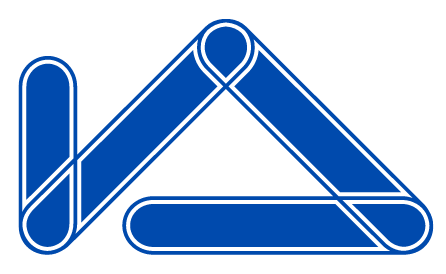What Is a Roofing Square and How to Calculate It

When it comes to roofing, you'll often hear contractors mention "roofing squares." This term is essential to understanding how roof sizes and material needs are calculated. If you're planning a roof repair or replacement, knowing what a roofing square is and how to calculate it can help you stay informed and prepared.
This guide breaks down everything you need to know about roofing squares, including how they're used, how to calculate them, and why they matter.
What Is a Roofing Square?
A roofing square is a unit of measurement used in the roofing industry to simplify calculations. One roofing square equals 100 square feet of roof surface.
Instead of measuring a roof in square feet or square meters, roofing professionals use squares to estimate material quantities and labor costs more efficiently. For example:
- A 2,000-square-foot roof equals 20 roofing squares.
This standard measurement makes it easier to estimate and communicate project requirements.
Why Do Roofers Use Roofing Squares?
Roofing squares simplify the process of calculating and ordering materials such as shingles, underlayment, and other components. Here's why they're useful:
- Ease of Calculation: It's quicker to say "20 squares" than "2,000 square feet."
- Material Packaging: Roofing materials, like shingles, are often sold by the square, so using this unit aligns with supplier standards.
- Industry Standard: Roofing squares are universally understood among contractors, suppliers, and manufacturers.
How to Calculate Roofing Squares
Calculating roofing squares involves three key steps:
1. Measure the Roof Dimensions
Start by measuring the length and width of each section of your roof. Multiply these dimensions to find the square footage of each section. For example:
- A roof section that's 20 feet long and 15 feet wide has an area of 300 square feet (20 × 15 = 300).
2. Add Up the Total Roof Area
If your roof has multiple sections, calculate the square footage of each and add them together to get the total area.
3. Divide by 100
Divide the total square footage by 100 to find the number of roofing squares.
Example: A roof with a total area of 2,400 square feet equals 24 roofing squares (2,400 ÷ 100 = 24).
Accounting for Roof Pitch and Complexity
Roof pitch (slope) and complexity (number of angles and sections) can affect the total square footage. A steeper or more complex roof requires adjustments to the calculation:
- Steep Roofs: Multiply the base square footage by a pitch factor to account for the added surface area due to the slope.
- Complex Roofs: Include all sections, dormers, and valleys in your calculations for accurate results.
For steep or intricate roofs, consult a professional to ensure precise measurements.
How Roofing Squares Affect Material Estimates
Roofing squares are critical for estimating material quantities. Here's how they're used:
1. Shingles
Shingles are packaged and sold by the square. A bundle of shingles typically covers ⅓ of a square, so you'll need three bundles per square.
Example: For a 20-square roof, you'll need 60 bundles of shingles (20 × 3 = 60).
2. Underlayment
Underlayment rolls are also measured in squares, with each roll covering a specific number of squares.
3. Other Materials
Roofing squares help calculate the amount of drip edge, ridge caps, and flashing needed, ensuring you order enough material without excessive waste.
Examples of Roofing Square Calculations
Here are two examples to help clarify the process:
Example 1: Simple Roof
- A rectangular roof measures 40 feet by 25 feet.
- Total area: 40 × 25 = 1,000 square feet.
- Roofing squares: 1,000 ÷ 100 = 10 squares.
Example 2: Complex Roof with Pitch
- A roof measures 1,500 square feet with a steep pitch factor of 1.25.
- Adjusted area: 1,500 × 1.25 = 1,875 square feet.
- Roofing squares: 1,875 ÷ 100 = 18.75 squares (round up to 19 squares).
Why Understanding Roofing Squares Matters
For homeowners, knowing how roofing squares work provides several benefits:
- Transparency: Understand contractor estimates and material needs.
- Budgeting: Plan accurately for costs, including materials and labor.
- Communication: Speak confidently with contractors and suppliers.
Tips for Accurate Measurements
- Use a measuring tape or laser distance tool for precise dimensions.
- Include overhangs, eaves, and other features in your calculations.
- Factor in a waste percentage (typically 10-15%) to ensure you have extra materials for cuts and mistakes.
Final Thoughts on Roofing Squares
Roofing squares are a vital measurement in the roofing industry, simplifying calculations for materials, labor, and costs. By understanding what they are and how to calculate them, you can make more informed decisions about your roofing project.
Whether you're tackling a DIY project or hiring a contractor, knowing how roofing squares work ensures you stay in control of the process.
